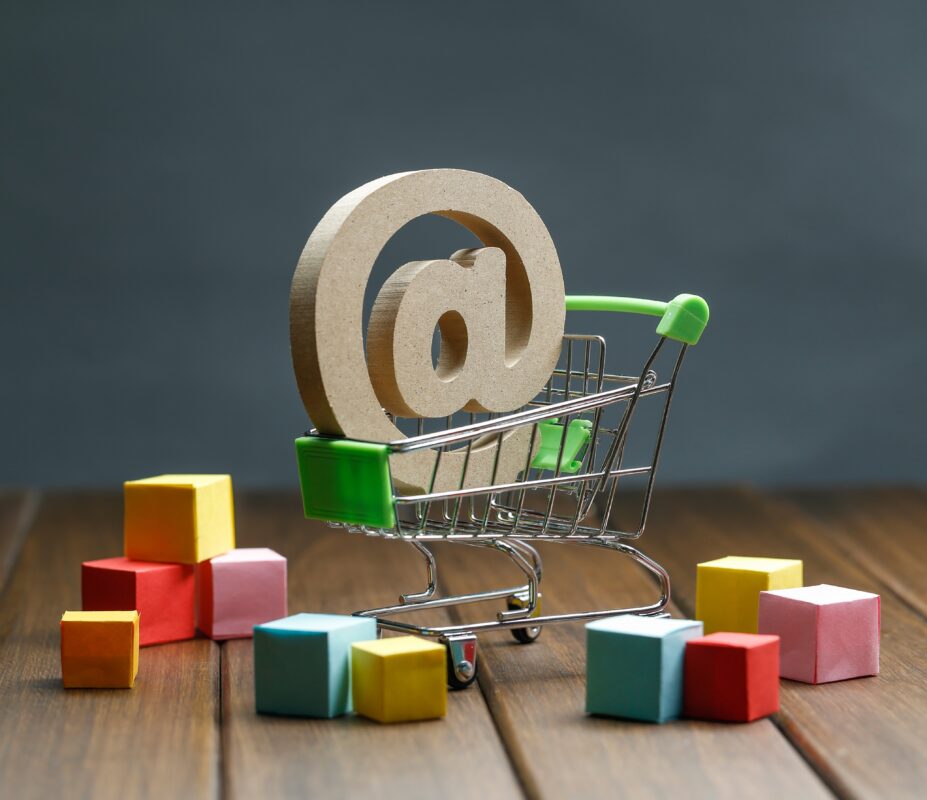A high-level connection to the Shopify API opens up a world of possibilities for businesses looking for seamless integration and advanced customization in the fast-paced world of e-commerce. We are going to look into the complexities of high-level Shopify API connections in this extensive guide, covering everything from the fundamentals to overcoming obstacles and investigating how to connect high level to shoplifty api practical uses.
The foundation of e-commerce is the Shopify API, which gives developers the resources they need to integrate and improve online stores. It serves as a link between Shopify and third-party apps, enabling automation and data sharing.
High-level connectivity gives businesses access to cutting-edge features that let them design a customized and effective online shopping experience for their clients.
The Application Programming Interface, or Shopify API, is a collection of guidelines and resources that facilitates communication between various software programs. It enables smooth integration by facilitating data interchange between Shopify and external systems.
Shopify API has many features that make e-commerce operations easier, from handling orders and customer information to managing inventory and products.
Effective Automation: To increase efficiency, businesses can automate difficult tasks like inventory control and order fulfillment.
High-level connectivity makes it possible for companies to implement distinctive features and user experiences by going beyond the capabilities of standard APIs.
Make sure you have the necessary software and development tools installed before beginning high-level API integration. Development frameworks, version control systems, and code editors may be examples of this.
It is imperative to have a basic understanding of web development, programming languages (like Python or JavaScript), and Shopify’s API documentation.
Establish a development store and a Shopify partner account first. This offers a testing sandbox where real stores are not impacted.
Understand the Oath authentication process, which involves obtaining API credentials and configuring secure access to Shopify data.

Choose the appropriate API endpoints based on the desired functionality. This may include endpoints for products, orders, customers, and more.
Implement secure practices for handling sensitive data, such as using HTTPS and encrypting API requests and responses.
Address common challenges, such as authentication errors or data synchronization issues, with effective troubleshooting strategies.
Proactively implement best practices to avoid potential pitfalls, including regular testing, error handling, and keeping API credentials secure.
Explore how businesses across various industries leverage high-level Shopify API connections to enhance their online presence and streamline operations.
Dive into real-world success stories, showcasing the positive impact of high-level API integration on businesses’ growth and efficiency.
Stay ahead of the curve by exploring emerging technologies, such as artificial intelligence and machine learning that can be integrated into Shopify API for enhanced functionality.
Identify opportunities for innovation in e-commerce by leveraging advanced features and functionalities offered by Shopify API.
Optimize the performance of your high-level API connection by implementing caching, minimizing requests, and optimizing code.
Prioritize security by regularly updating API credentials, monitoring for suspicious activities, and adhering to Shopify’s security guidelines.
Follow coding best practices to ensure clean, maintainable, and efficient code. This includes proper documentation and adherence to Shopify’s API coding standards.
Implement robust testing methodologies, including unit testing and integration testing, to identify and address issues before they impact the live environment.
Encourage user feedback to understand the user experience and identify areas for improvement in your high-level API integration.
Proactively address user concerns by providing prompt support and continuously refining your API integration based on customer feedback.

Stay informed about Shopify updates and regularly update your integration to take advantage of new features and improvements.
Adopt an iterative development approach, continuously refining and expanding your high-level API integration based on evolving business needs and technological advancements.
In conclusion, connecting at a high level to Shopify API offers businesses unparalleled opportunities for customization, automation, and innovation.
As the e-commerce landscape evolves, embracing high-level connectivity to Shopify API is not just a trend but a strategic move towards staying competitive and meeting the dynamic needs of online consumers.
The high-level connection provides enhanced customization opportunities and efficient automation, empowering businesses to create a tailored online shopping experience.
While the benefits are significant, businesses should be mindful of potential security risks and ensure the proper implementation of security measures during high-level API integration.
Beginners can start by creating a Shopify partner account, setting up a development store, and following a step-by-step guide to high-level API integration.
Yes, high-level integration allows businesses to connect and manage multiple Shopify stores seamlessly for centralized control and efficiency.
Security measures include using HTTPS, encrypting API requests and responses, and regularly updating API credentials to protect sensitive data.
Copyright 2024 © Ribbitzllc
WhatsApp us